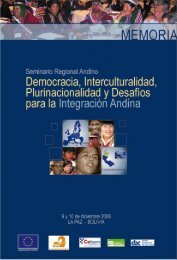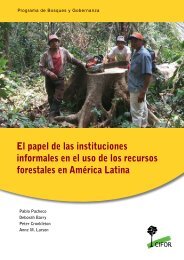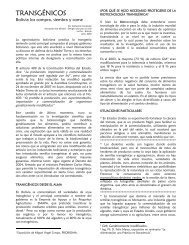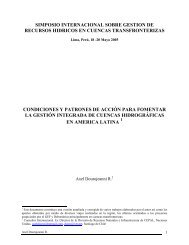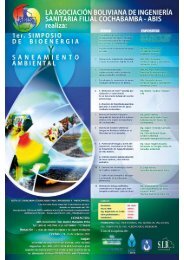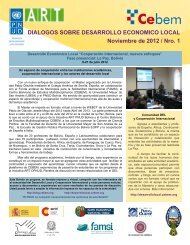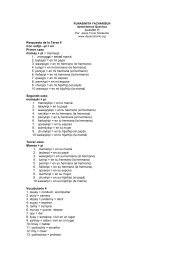You also want an ePaper? Increase the reach of your titles
YUMPU automatically turns print PDFs into web optimized ePapers that Google loves.
3.1.4 IMPACTThe potential impact of the Lake <strong>Victoria</strong> CDS initiative, project both in terms of process andimplementation of action and investment plans, as well as the demonstration projects include:❍❍❍❍❍❍❍❍Institutionalization of participatory methodologies including participatory planning andbudgeting at city levelImproved urban planning and management capacities of the respective councilsReduced povertyUpgraded human settlementsReduced environmental degradation at the city levelIncreased water supply and qualityBetter and efficient utilization of Lake <strong>Victoria</strong> resourcesEnhanced utilization of scarce human and financial resources through partnerships andsynergies between ongoing initiatives.3.2 Challenges and Lessons Learnt3.2.1 CHALLENGESA few challenges were encountered in the implementation of the CDS in the Lake <strong>Victoria</strong> Region:3.2.1.1 Coordination in Cities owing to their sizes and national relevanceKisumu, Musoma and Kampala presented a good mix of sizes and relevance within the lake andindeed providing a good opportunity for learning. Coordination in Musoma, the smallest of thethree was relatively easy. Kampala City Council, which has two divisions and many parisheswithin the divisions that fall under it, presented a more complex situation as there was moreground to cover. Apart from the physical scale of the city, the national relevance of the cityimplied that it offered many opportunities for urban development initiatives to spring up. It wasfirst necessary to take stock of the ongoing initiatives, and to try to the extent possible to createsynergies among these initiatives as with the other two cities. The coordination among the existinginitiatives was demanding and the opportunities for maximizing resources and outputs and playerswere not fully utilized. In fact, some of these initiatives involved the same key players and thiswas found to be detrimental to project progress. This was also found to be true in Musomawhere the Project focal point had to be changed twice due to heavy responsibilities elsewhere.3.2.1.2 Lack of adequate Local CapacitiesThis was found to be true in all cases, where the stakeholders lacked the knowledge and capacitiesto implement the CDS project. However, many of the stakeholders, particularly council plannershad particular expertise on sectoral planning rather than integrated participatory planning.3.2.1.3 Introducing Participatory Approach at the local level:Partners found it challenging initially to convince the local stakeholders particularly the municipalcouncil officers on the merits of the participatory approach and its contributions to good urbangovernance and resource mobilization. This was particularly so because, such methodologieshave seldom been applied in this region and the public sector in general are used to the topdownapproach in conducting their businesses.3.2.1.3 Lack of Political WillLack of political will coupled with regular changes in the council administration was a challengein Kisumu. Initial stakeholder morale in Kisumu was also low.Cities Development Strategies for Improved Urban Environment and Poverty Reduction in the Lake <strong>Victoria</strong> Region79







